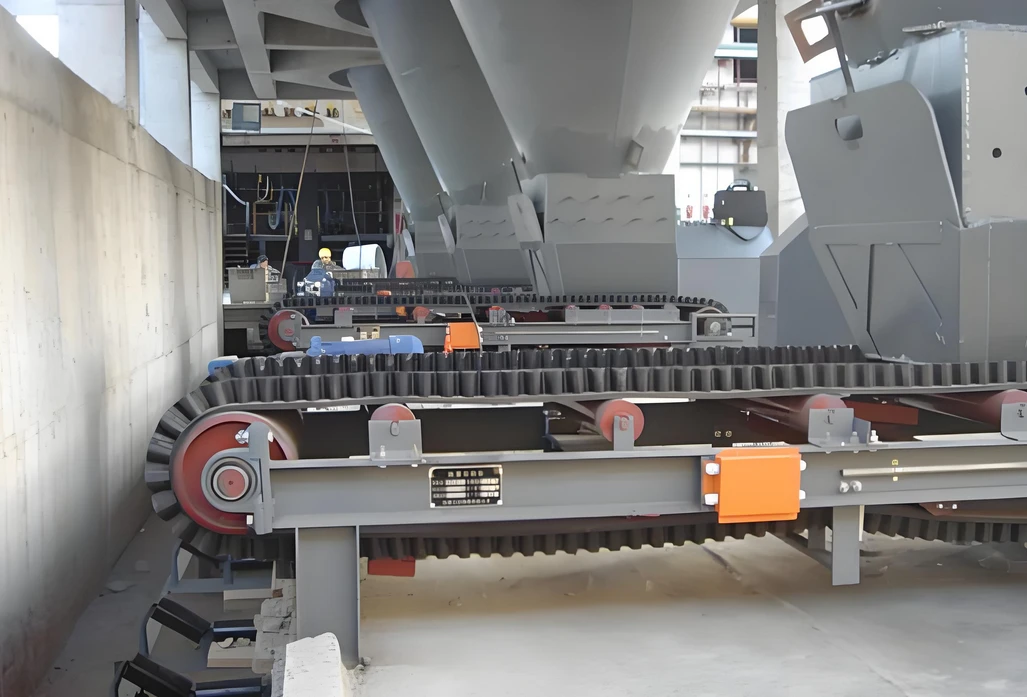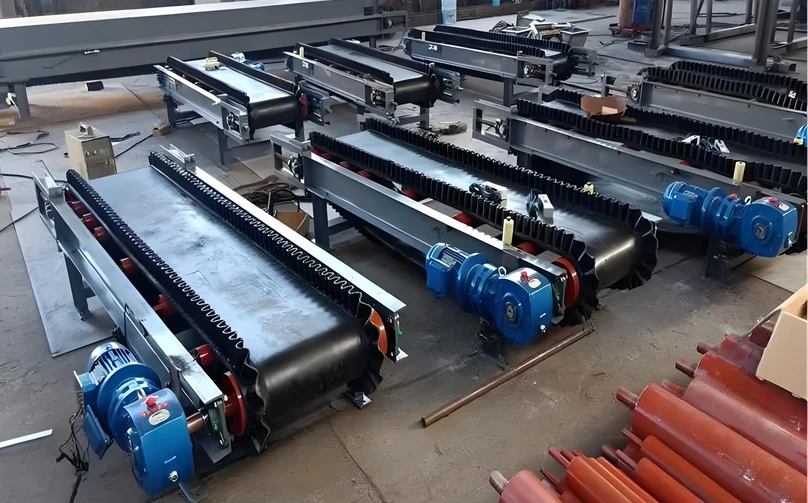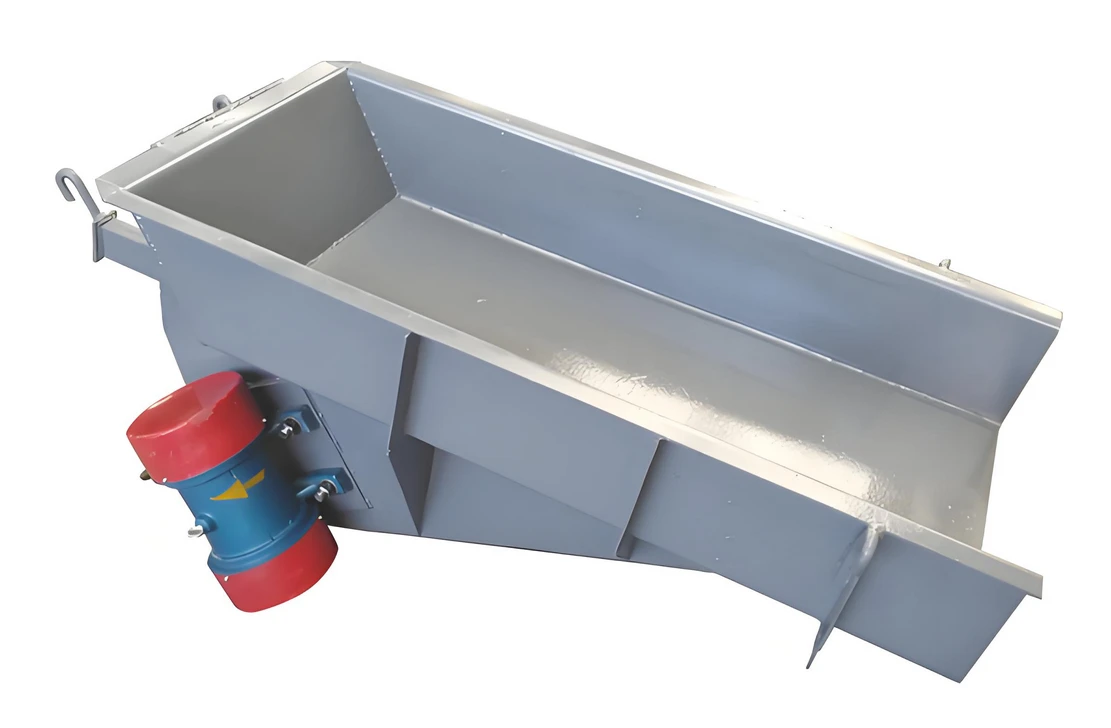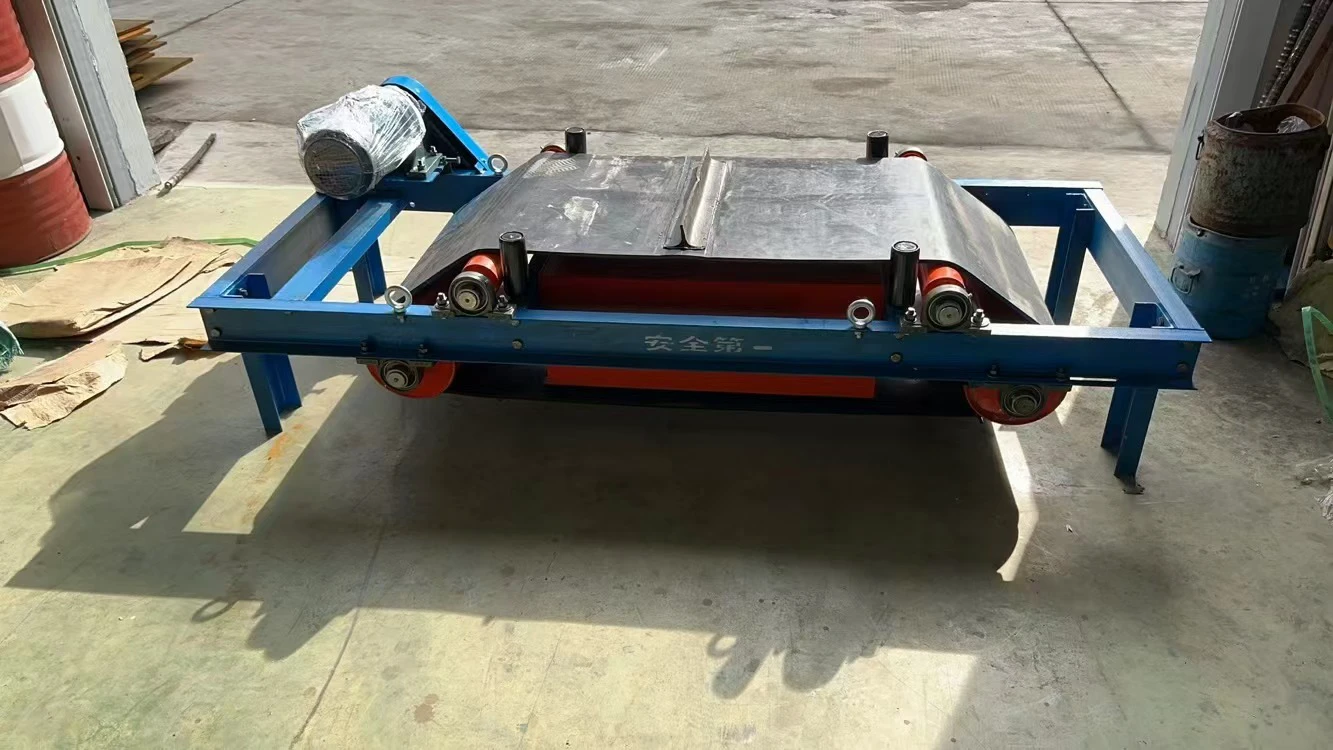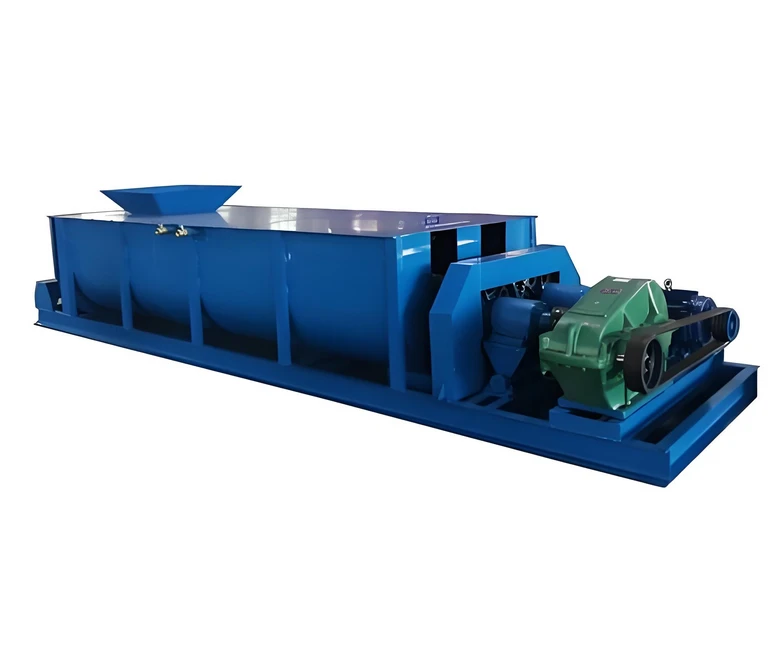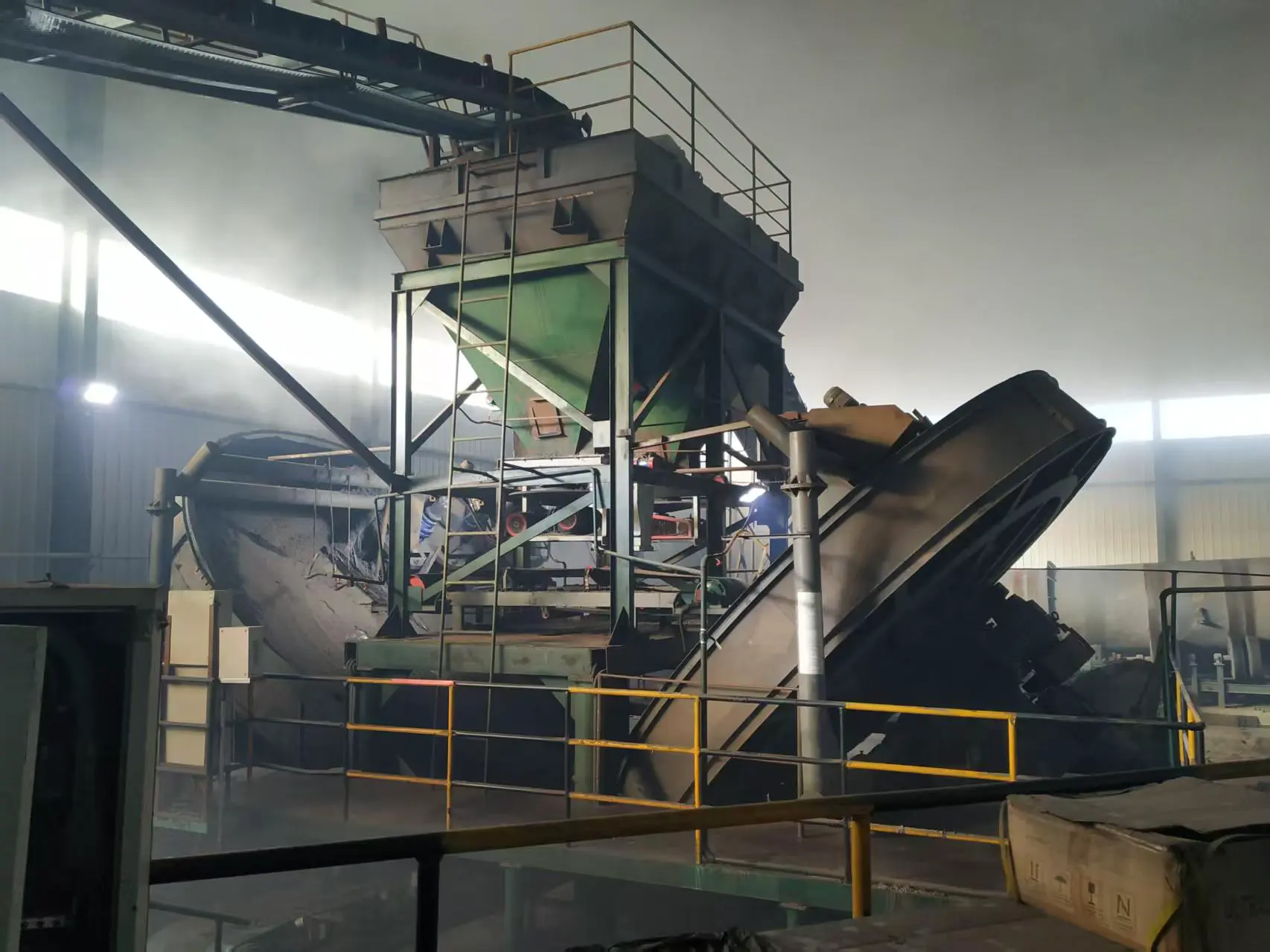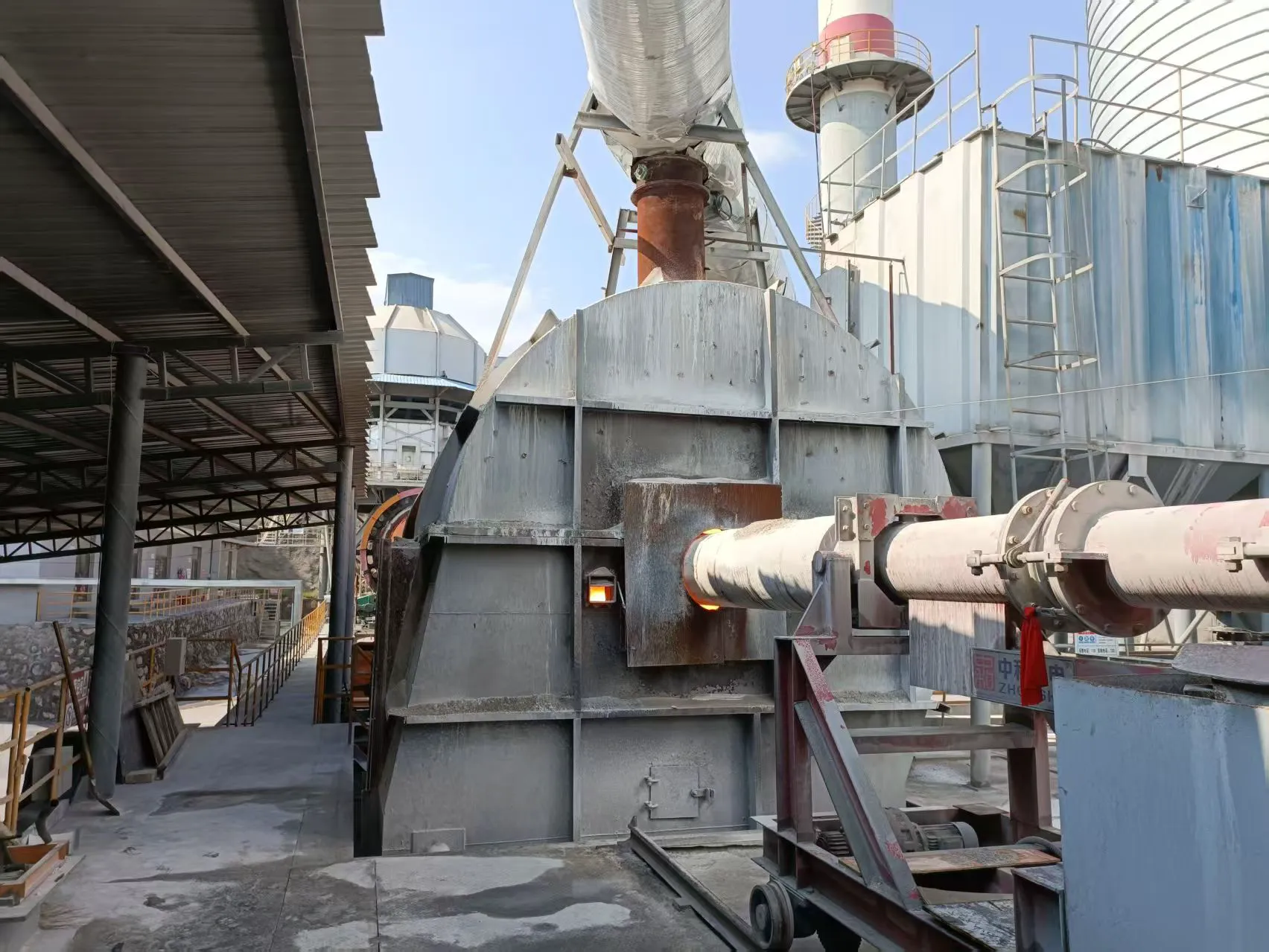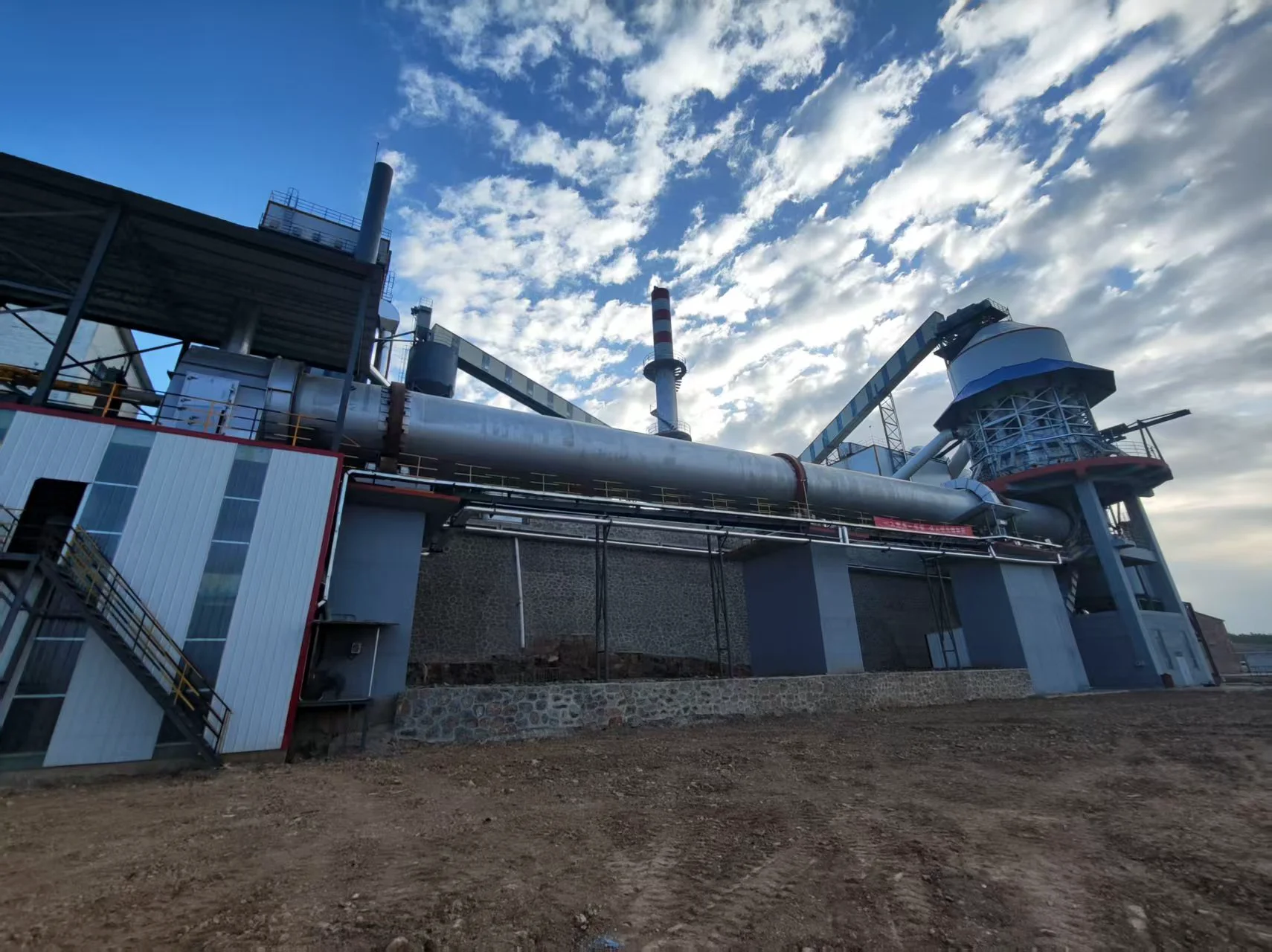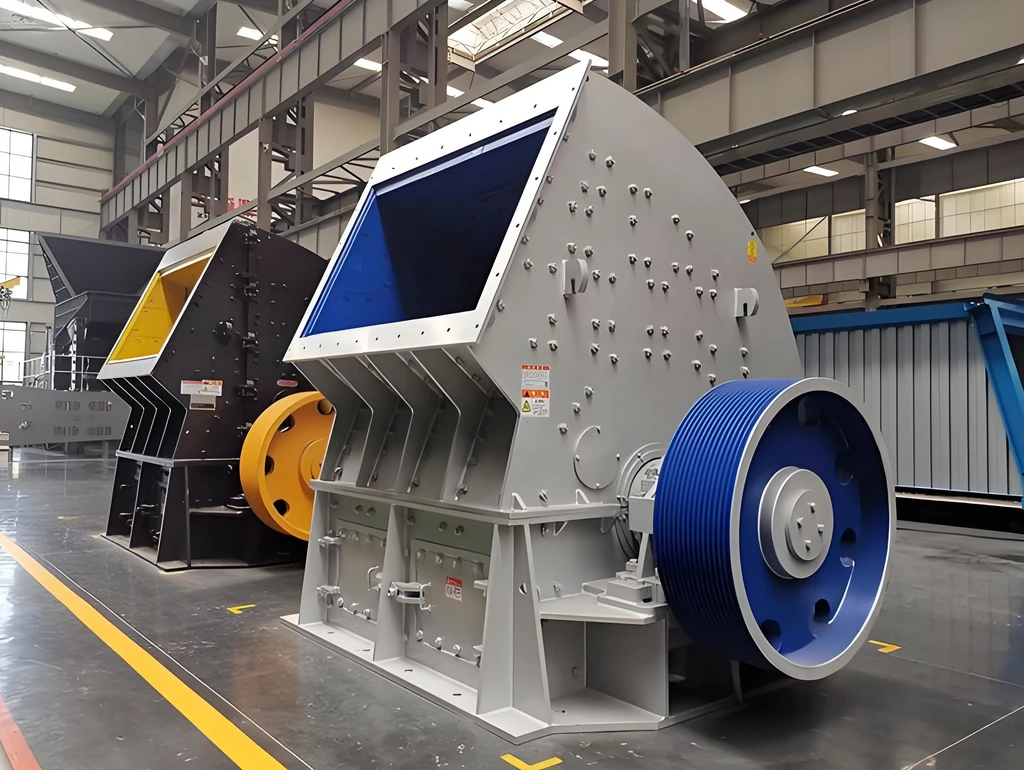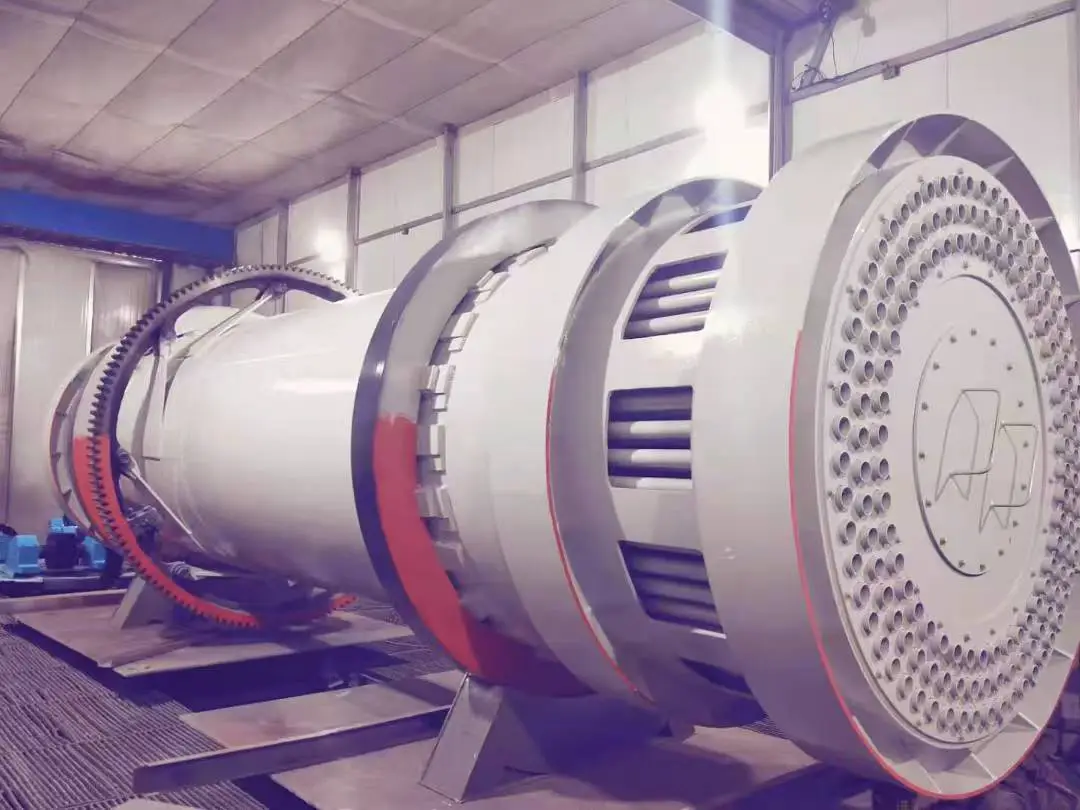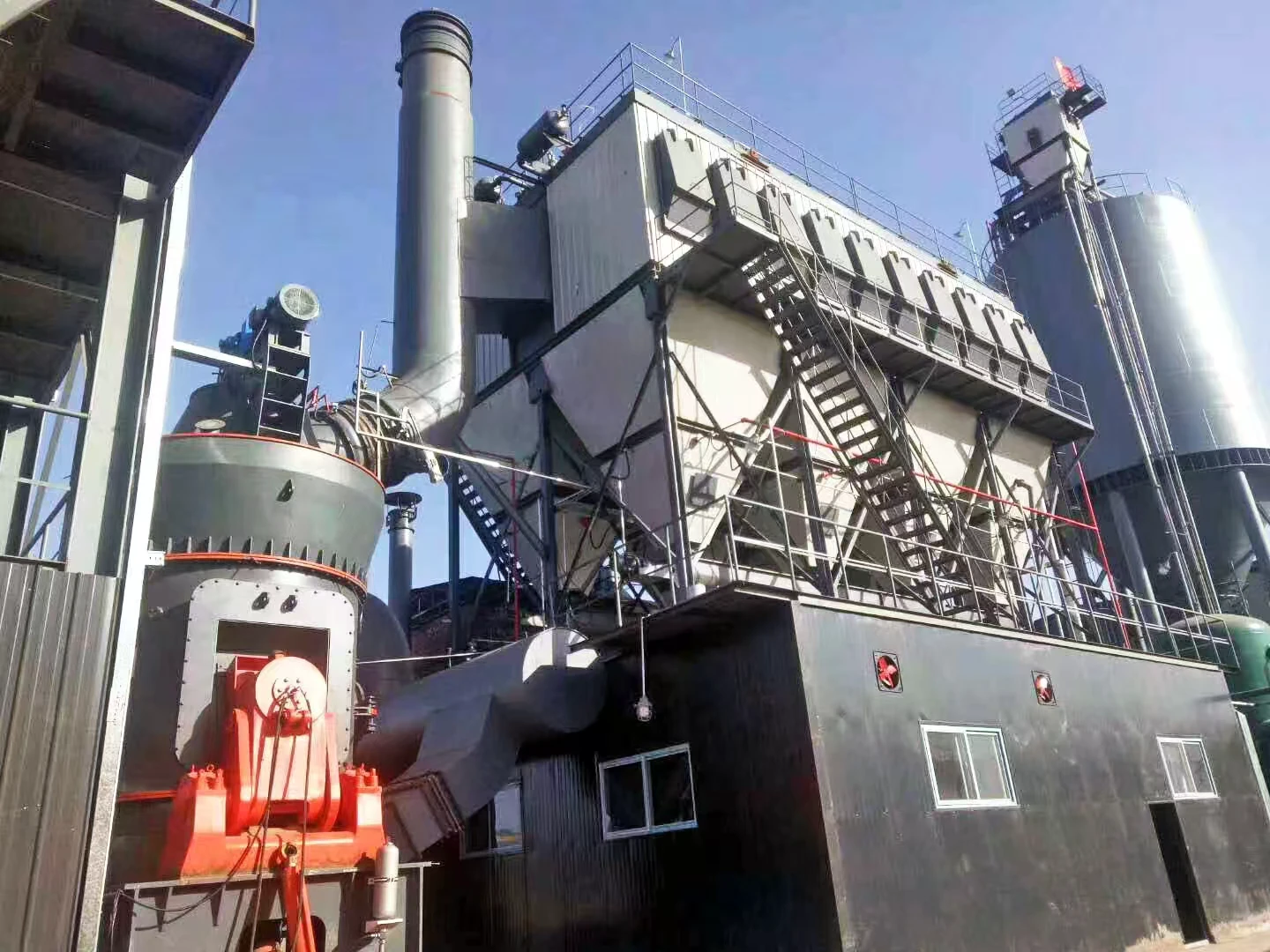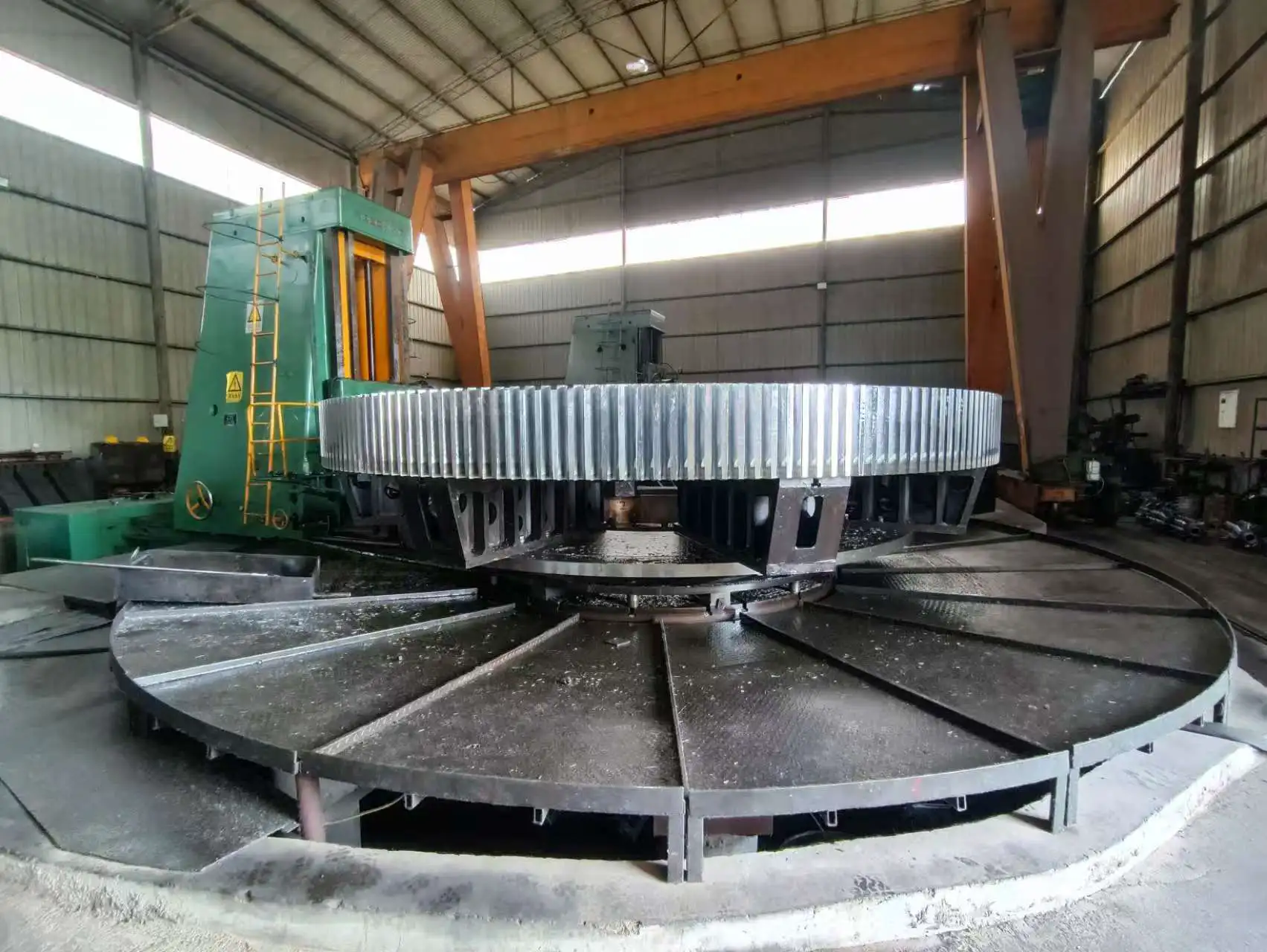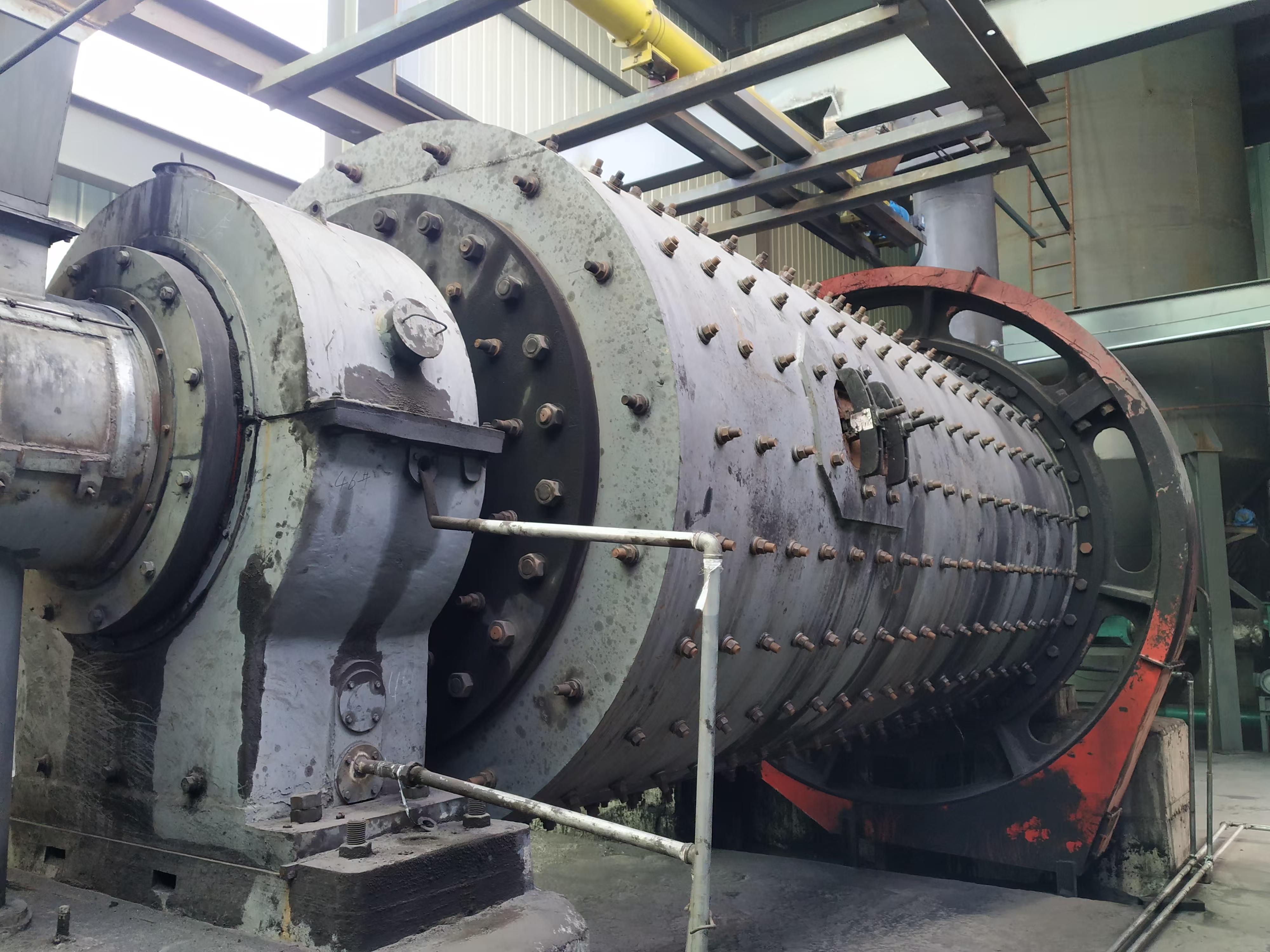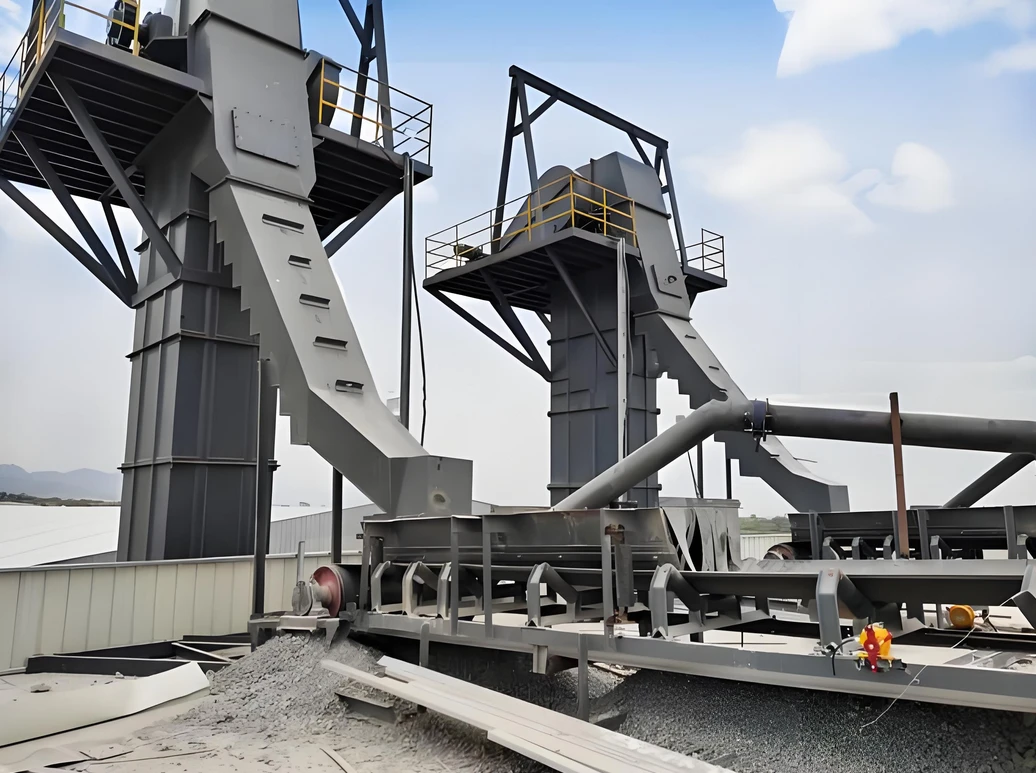Composition of belt scale
1. Weighing bridge:
Installed under the belt conveyor, used to carry the weight of the material and transfer it to the weighing sensor.
Usually composed of multiple rollers to ensure that the weight of the material is evenly distributed.
2. Weighing sensor:
The core component used to measure the weight of the material, converting the weight signal into an electrical signal.
Common types include strain gauge sensors, piezoelectric sensors, etc.
3. Speed sensor:
A device for measuring the running speed of the belt, usually installed on the return belt or drive roller of the belt conveyor.
The speed signal is combined with the weight signal to calculate the material flow.
4. Integrator (instrument):
Receives signals from the weighing sensor and speed sensor, calculates and displays instantaneous flow, accumulated weight and other data.
Modern integrators usually have functions such as data storage and communication interfaces (such as RS485, Ethernet).
5. Belt conveyor:
The carrier of the belt scale, the material is transported by the belt conveyor.
Working principle
The working principle of the belt scale is based on dynamic weighing technology:
1. When the material passes through the belt conveyor, its weight acts on the weighing bridge.
2. The weighing sensor detects the weight of the material and converts it into an electrical signal.
3. The speed sensor detects the running speed of the belt at the same time.
4. The integrator receives the weight signal and speed signal, and calculates the instantaneous flow and cumulative weight through the formula:
Instantaneous flow = material weight per unit length × belt speed
Cumulative weight = instantaneous flow × time
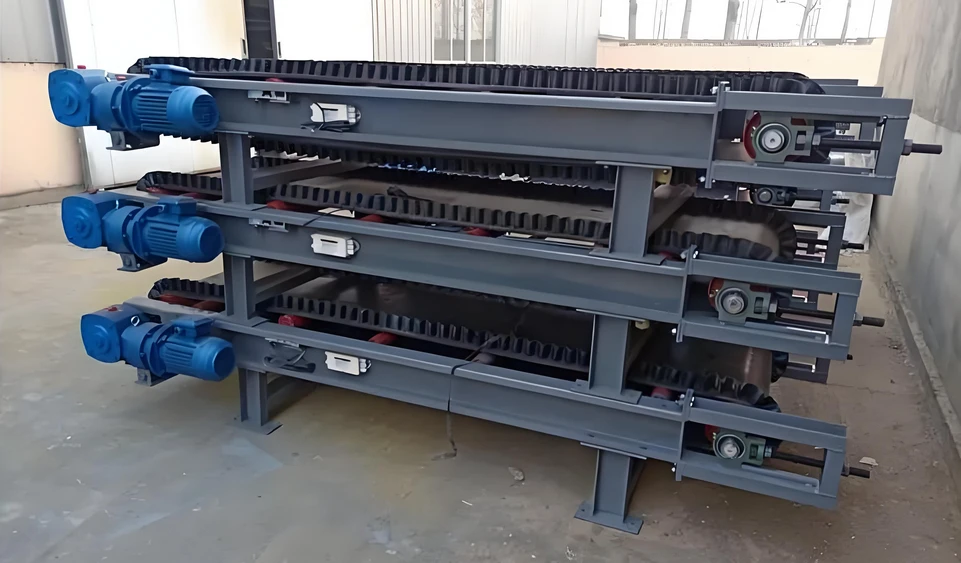
Features of belt scale
1. Continuous weighing:
No need to interrupt the material conveying process to achieve real-time dynamic weighing.
2. High precision:
The accuracy of modern belt scales can usually reach ±0.25% to ±1%, which meets most industrial needs.
3. High degree of automation:
It can be integrated with control systems such as PLC and DCS to realize automated production management.
4. Wide range of applications:
It is suitable for weighing a variety of materials such as granules, powders, and blocks.
5. Easy maintenance:
Simple structure, easy to install and maintain.
Application areas
1. Mining industry:
Used for weighing and flow control of materials such as coal and ore.
2. Power industry:
Used for the measurement and management of coal in coal-fired power plants.
3. Building materials industry:
Used for weighing materials such as cement, sand and gravel.
4. Chemical industry:
Used for the measurement of materials such as fertilizers and plastic particles.
5. Grain industry:
Used for weighing and flow control of materials such as grains and feed.
Maintenance and care
1. Regular calibration:
Use standard weights or chain weights to regularly calibrate the belt scale to ensure weighing accuracy.
2. Cleaning equipment:
Regularly clean dust and debris on the weighing bridge and sensor to prevent affecting the measurement accuracy.
3. Check the belt:
Check the tension and deviation of the belt to ensure smooth operation of the belt.
4. Lubrication and maintenance:
Regularly lubricate the rollers and drums to reduce wear.
Common problems and solutions
1. Inaccurate weighing:
Possible causes: sensor failure, belt deviation, material accumulation.
Solution: Check the sensor, adjust the belt, and clean up the accumulated materials.
2. No display on the instrument:
Possible causes: power failure, signal line disconnection.
Solution: Check the power and signal line connections.
3. Large flow fluctuations:
Possible causes: unstable belt speed, uneven material distribution.
Solution: Check the speed sensor and adjust the material distribution.
